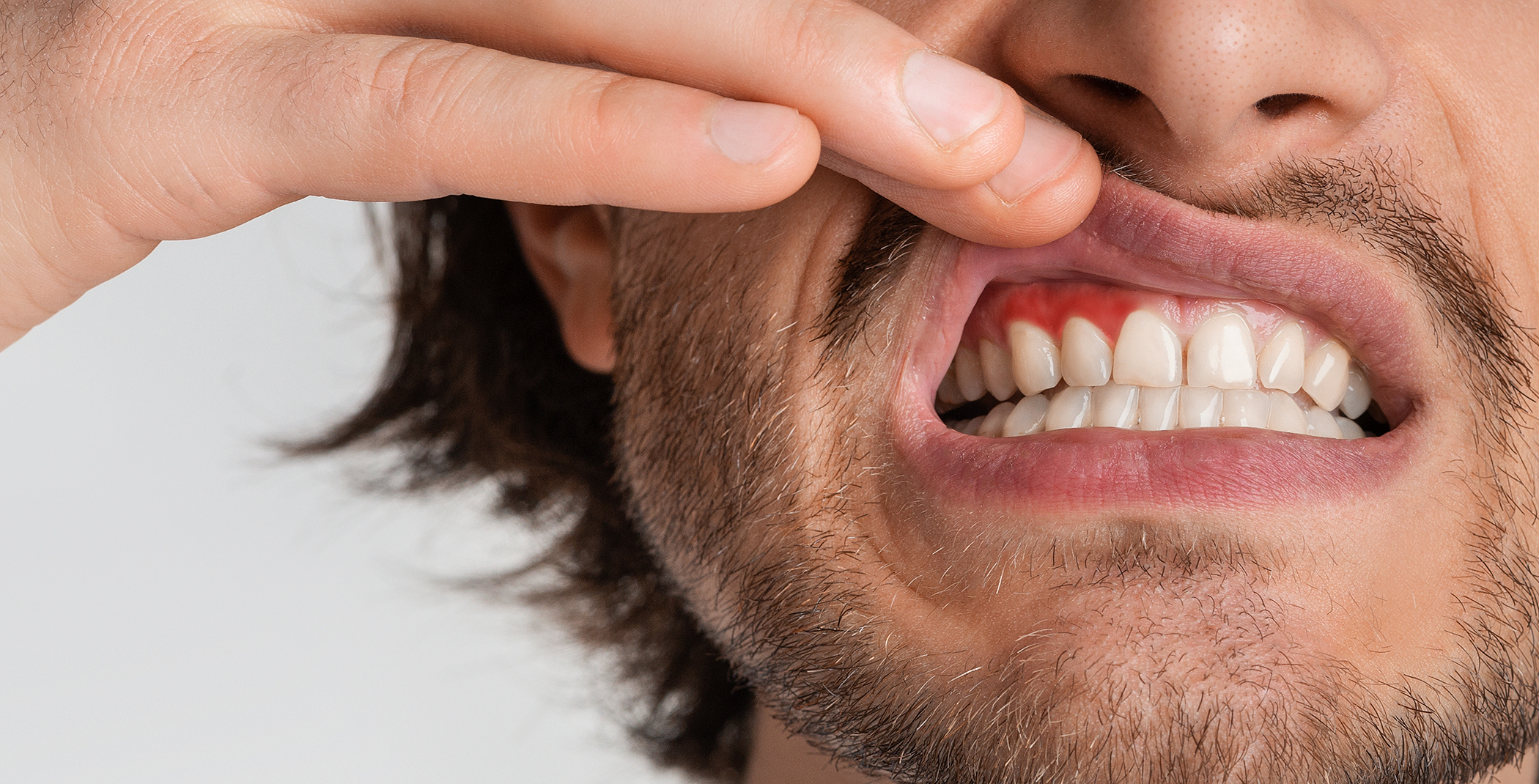Gum Disease Treatment Raynham
Addressing Gum Disease at Its Source
Did you know that gum disease is actually a very common issue? In fact, it’s estimated that about half of all adults over the age of 30 have some form of it – and what’s worse is that many are unaware they even have it. Though gum disease is widespread, it can often be prevented with routine care – and if you’re in need of gum disease treatment in Raynham, you can trust that Dr. Al and our team are ready to help.
Why Choose Raynham Dental for Gum Disease Treatment?
- Skilled Dental Team with Several Years of Experience
- Advanced Technology Ensures Dental Patient Comfort
- Laser Periodontal Treatment Available
Scaling & Root Planing
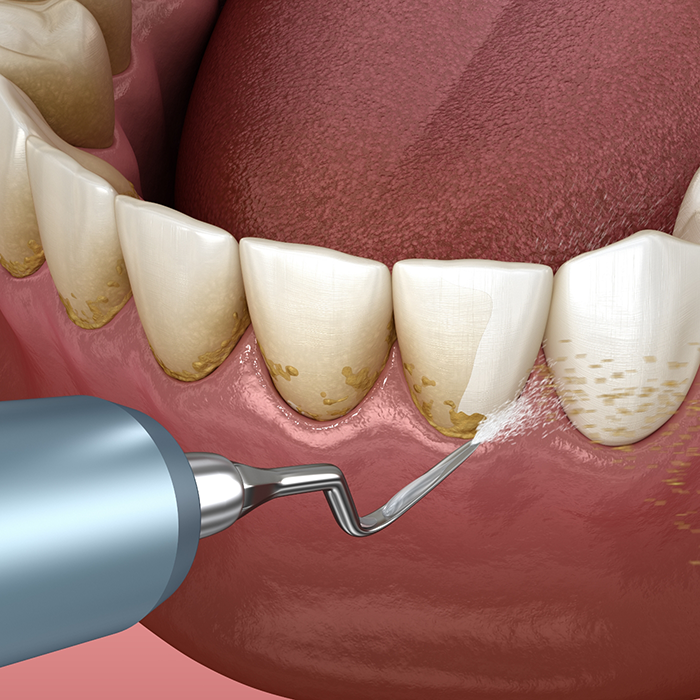
Scaling and root planing is a non-surgical dental procedure designed to treat gum disease by cleaning the surfaces of the teeth and gums. It targets the areas below the gumline to remove plaque, tartar, and bacteria that regular brushing and flossing can’t reach. This procedure helps restore gum health and prevent further damage to the teeth and bone.
Do I Need Scaling & Root Planing?
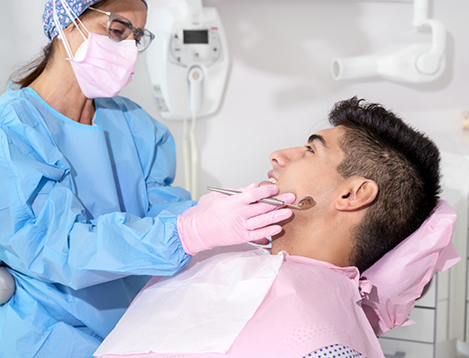
Scaling and root planing are typically recommended for patients who have been diagnosed with moderate to severe gum disease (periodontitis). Your dentist will evaluate the health of your gums and recommend the best course of treatment to improve your oral health.
The Process of Scaling & Root Planing
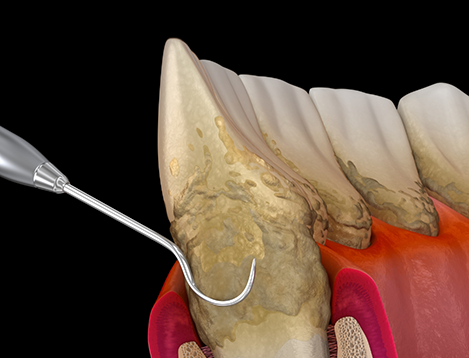
Scaling involves using specialized dental instruments (manual or ultrasonic) to remove plaque, tartar, and bacteria from the surfaces of your teeth, both above and below the gum line. This cleaning is thorough and ensures that your teeth are free from harmful buildup that can contribute to gum disease.
Root planing focuses on smoothing the root surfaces of the teeth. This process helps remove the bacteria from the roots and promotes the reattachment of the gums. Smoothing the roots also reduces the chance of further bacterial buildup and allows the gums to heal properly.
Aftercare Tips for Scaling & Root Planing

- Pain Relief: Over-the-counter pain relievers (like ibuprofen) can help alleviate any discomfort.
- Post-Procedure Instructions: You should avoid eating hard or crunchy foods for a few days and maintain good oral hygiene by gently brushing your teeth.
- Follow-Up Appointments: Your dentist may schedule a follow-up visit to monitor the healing process and ensure your gums are responding well to the treatment.
How to Prevent Gum Disease After SRP

After scaling and root planing, it’s essential to follow a strict oral care routine to prevent future gum problems. Here are a few tips:
- Brush your teeth twice daily with fluoride toothpaste.
- Floss daily to remove plaque between your teeth.
- Visit your dentist regularly for cleanings and check-ups.
- Consider using an antimicrobial mouthwash to reduce bacteria in the mouth.
Antibiotic Treatment

There are some scenarios when we may need to use antibiotics to treat your gum disease, but rest assured, this is an incredibly effective solution. These treatments are typically administered topically; we’ll apply the medication directly to the gums, where it’ll begin to work to eliminate all of the problem-causing bacteria so that your gums can begin to heal. Antibiotic treatment is often used following scaling and root planing to ensure optimal gum health moving forward.
Laser Periodontal Treatment
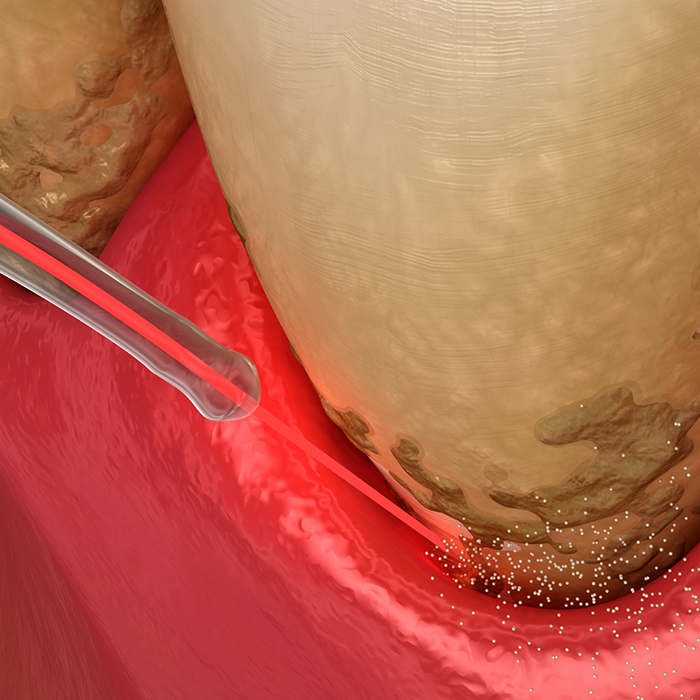
Laser periodontal treatment is a faster, more efficient, and more comfortable way to treat advanced gum disease compared to traditional methods, which involve the use of a scalpel. This minimally invasive procedure instead uses gentle, precision laser technology to target and remove infected gum tissue without harming the healthy tissue at all. It also promotes natural healing, and since the laser cauterizes as it works, there’s far less bleeding and minimal swelling following the procedure.

